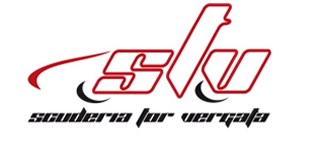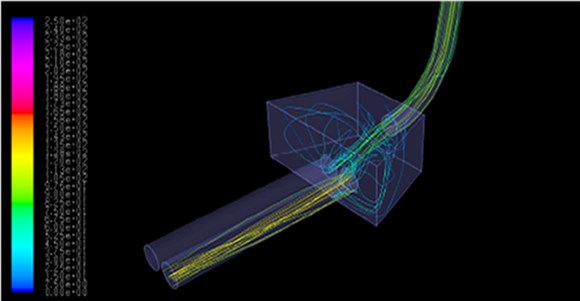Multi objective optimisation by means of mesh morphing: application of RBF Morph to A FSAE Car airbox design

In this study a new mesh morphing approach for shape optimisation is presented through an industrial application: the structural and fluid dynamic optimization of a FSAE car airbox. The current configuration of the inlet system of the FSAE car TV-460R (STV Team, University of Rome Tor Vergata) suffers a consistent charging imbalance between internal and external runners. A new design needs to be optimised to find the optimal shape that minimize charging imbalance whilst preserving an overall volumetric efficiency of the engine. This challenging optimization task was made possible thanks to numerical CFD (Fluent) and FEM (Nastran) simulations parameterised by means of the mesh morphing tool RBF Morph.
Test Case Description

After the Formula ATA event, during a long free-practice session of about 70 laps at “Extrema Kart Speedway” go-kart track (850 meters each lap) located in Modena, some engine functioning irregularities had been traced. A rapid visual exam of the spark plugs had shown how the airbox shape together with a changed pressure waves motion due to the new intake and exhaust runners lengths had produced a strong imbalance in the cylinders filling between the external cylinders (1,4) and the internal cylinders (2,3). Being the amount of fuel injected the same for each cylinder (single fueling map), the external cylinders filled with less air encountered some fuel excess conditions (rich mixture, dark electrodes), while the internal ones found less-than-stoichiometric fuel conditions (lean mixture, white electrodes) due to a better exposition to the air flux outgoing from the throttle body. For this reason it was decided to investigate the problems by means of CFD modeling. The CFD model allowed to predict a consistent mass imbalance between the cylinders (about 10%) completely related to the intake geometric shape.
Solution

The main aim of this work consists in the definition of a new baseline airbox solution on the basis of weakness observed through the CFD analysis of the original shape. Several considerations about the best localization of the restrictor with respect to the airbox position, together with the attempt of keeping the higher possible value for the air density in order to minimize the chocking effect caused by the 20mm restriction imposed by the regulation, suggested the new starting configuration for the airbox.
The RBF Morph add-on has been used to deform the CFD model of the new geometry considering three deforming actions:
- changing the width of the airbox;
- tapering the airbox changing the width of the airbox at the throttle side;
- changing the depth width of the air box.
All the morphing actions and their combinations produce a shape that fit the room available and so are compliant with the packaging constraint.
Shape Parameters
- Width of the air box
- Width at the throttle side
- Depth of the air box
Optimal airbox layout
- Response Surface resulting from DOE runs
- Trade-off between min unbalance and max mass flow
- Solution 1 (0.16 % unbalance, 0.112 kg/s mass flow )
- Solution 2 (1.95 % unbalance, 0.114 kg/s mass flow )
- CFD evaluation of Solution 1
Click here for more information.
